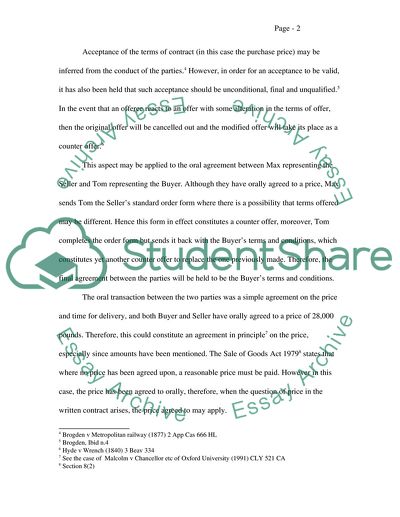Cite this document
(“Contract Law Assignment Example | Topics and Well Written Essays - 2000 words”, n.d.)
Contract Law Assignment Example | Topics and Well Written Essays - 2000 words. Retrieved from https://studentshare.org/law/1538784-contract-law
Contract Law Assignment Example | Topics and Well Written Essays - 2000 words. Retrieved from https://studentshare.org/law/1538784-contract-law
(Contract Law Assignment Example | Topics and Well Written Essays - 2000 Words)
Contract Law Assignment Example | Topics and Well Written Essays - 2000 Words. https://studentshare.org/law/1538784-contract-law.
Contract Law Assignment Example | Topics and Well Written Essays - 2000 Words. https://studentshare.org/law/1538784-contract-law.
“Contract Law Assignment Example | Topics and Well Written Essays - 2000 Words”, n.d. https://studentshare.org/law/1538784-contract-law.


